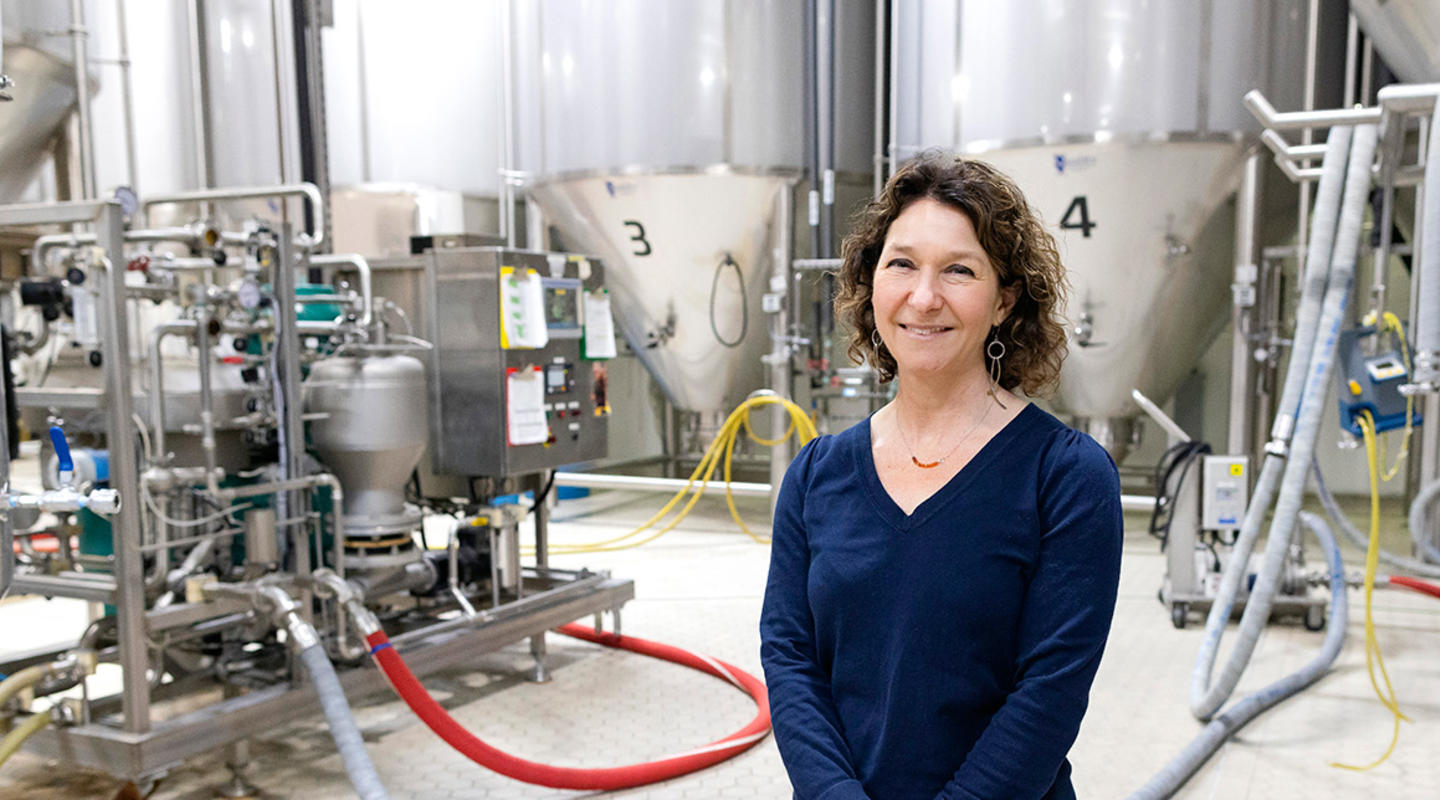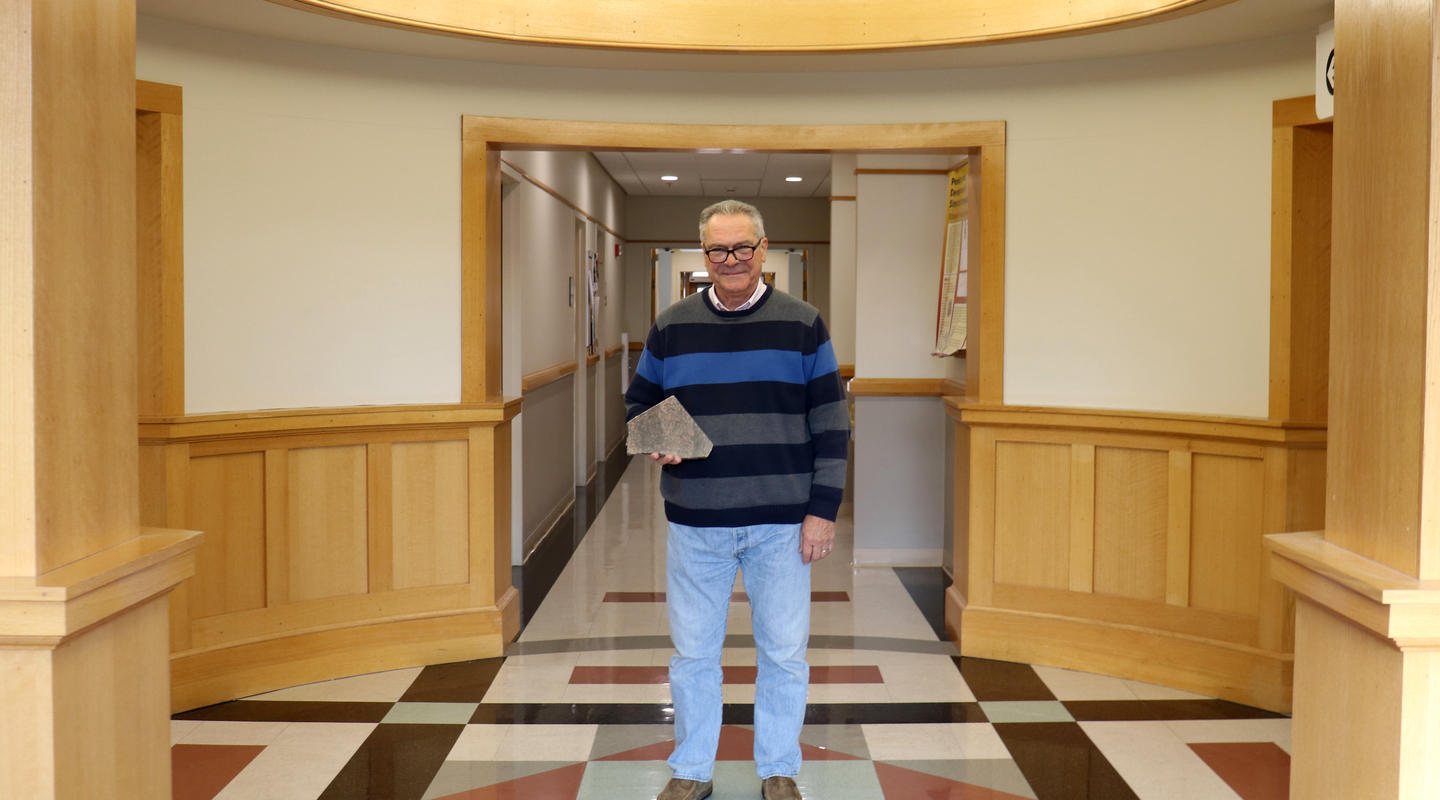
Dana Carroll
Dana Carroll believes in the power of partnership.
As an epidemiology graduate student, she first learned of the undue toll commercial tobacco takes on Native American communities. In Minnesota, for example, American Indian and Alaska Native people are three times more likely to smoke cigarettes than other residents, and their risk of developing lung cancer is more than double that of any other racial or ethnic group in the state.
Carroll thought existing smoking cessation programs could be altered to better serve American Indian people who wanted to quit, but she was also aware that generations of systemic oppression and neglect have contributed to mistrust in research among some American Indian communities.
“I remember thinking, ‘I would really be honored to work alongside American Indian communities in their pursuit for reducing smoking,’” she recalls. “I felt like I could bring some expertise to the table as well as honor the community's interest and their own expertise.”
Support the Masonic Cancer Center
Browse a variety of causes.
That’s exactly what she’s doing today as an assistant professor in the University of Minnesota’s School of Public Health. Along with Dorothy Hatsukami, the Forster Family Chair in Cancer Prevention and director of the Tobacco Research Programs at the U’s Masonic Cancer Center, Carroll is working with American Indian tribes and communities to understand what’s fueling commercial tobacco use and to develop community-driven approaches to reducing the substance’s burden.
“We can do research, but in my eyes, to really make a big impact, we have to engage the community and make sure their voices are heard and amplified throughout the whole process,” Carroll says. “That is critical.”
Community connection
Too often, Carroll says, research involving Native Americans has not benefited their communities. Instead, results are published and the people who are most affected by the findings don’t see any meaningful change or receive any actionable advice.
That’s why she spent two years engaged in “conversations, discussions, and trust building” with members of a Minnesota tribe before beginning a collaborative study.
Carroll says funding from the Minnesota Masonic Charities gave her the time and support to cultivate a sincere bond with tribal members (they asked that the tribe not be named). “The Masons’ support allowed me to grow relationships and really have set the stage for us to contribute to smoking reduction in the American Indian population,” she says.
Carroll and the tribe wanted to know whether nicotine metabolism—which is largely based on a person’s expression of the CYP2A6 gene—might be part of the reason why some Native American people become addicted to cigarettes, have a harder time quitting than others, and are at increased risk for lung cancer.
Through genetic screening, the researchers are exploring how the CYP2A6 gene and its phenotype is expressed in Native Americans who smoke and how it impacts their smoking behavior and potential risk for cancer.
A personalized approach
Carroll says the initial findings support their hypothesis that some Native Americans metabolize nicotine faster than others, which is associated with greater addiction to cigarettes. They also provide clues about which cessation treatments could work best.
Other research has shown that for people with a slower nicotine metabolism, standard replacement therapy—like nicotine patches or gum—works best. For those with a faster nicotine metabolism, however, the cessation medication varenicline tends to be more effective.
Thus, it’s possible that matching people to the best cessation approach based on their nicotine metabolism might be a worthwhile strategy in Native American communities.
Learning from each other
Carroll would like to expand the nicotine metabolism study to more tribes in Minnesota and use the results to potentially inform community-specific tobacco cessation programs.
At the same time, she’s pursuing other research related to the cultural aspects of tobacco use in Native communities. “Traditional tobacco is a gift from the Creator and often used in prayer and offerings,” Carroll says. “Commercial tobacco, which is manufactured to be very addictive, is different.”
Through a project funded by the National Institutes of Health, Carroll is working with the Native American Community Clinic in Minneapolis and the Bad River Tribe in Wisconsin to create and test a smoking cessation app that acknowledges and integrates the importance of traditional tobacco in Native American communities.
“We’re making it really this beautiful, equal partnership,” she says. “It’s really a win-win.”


